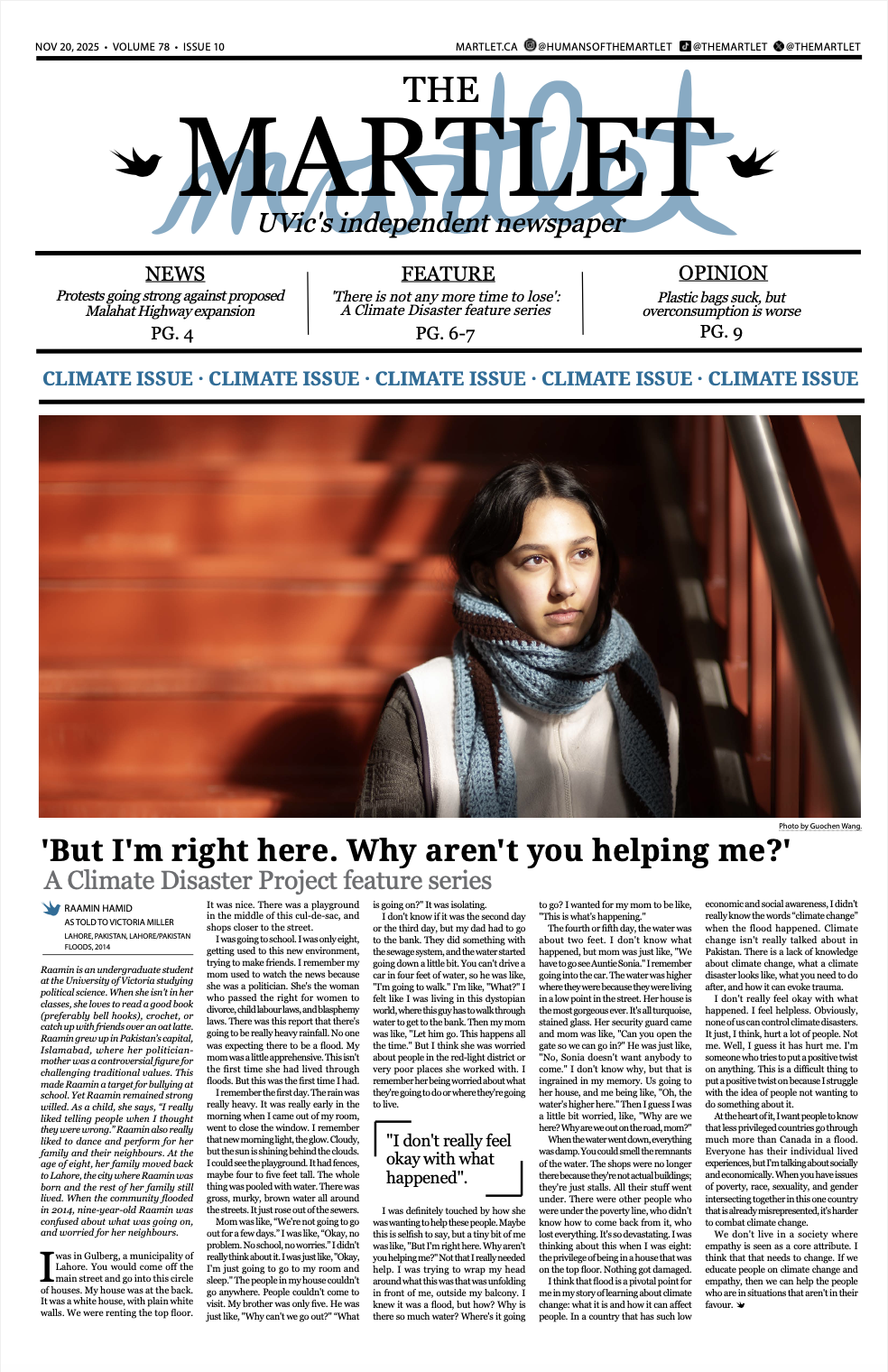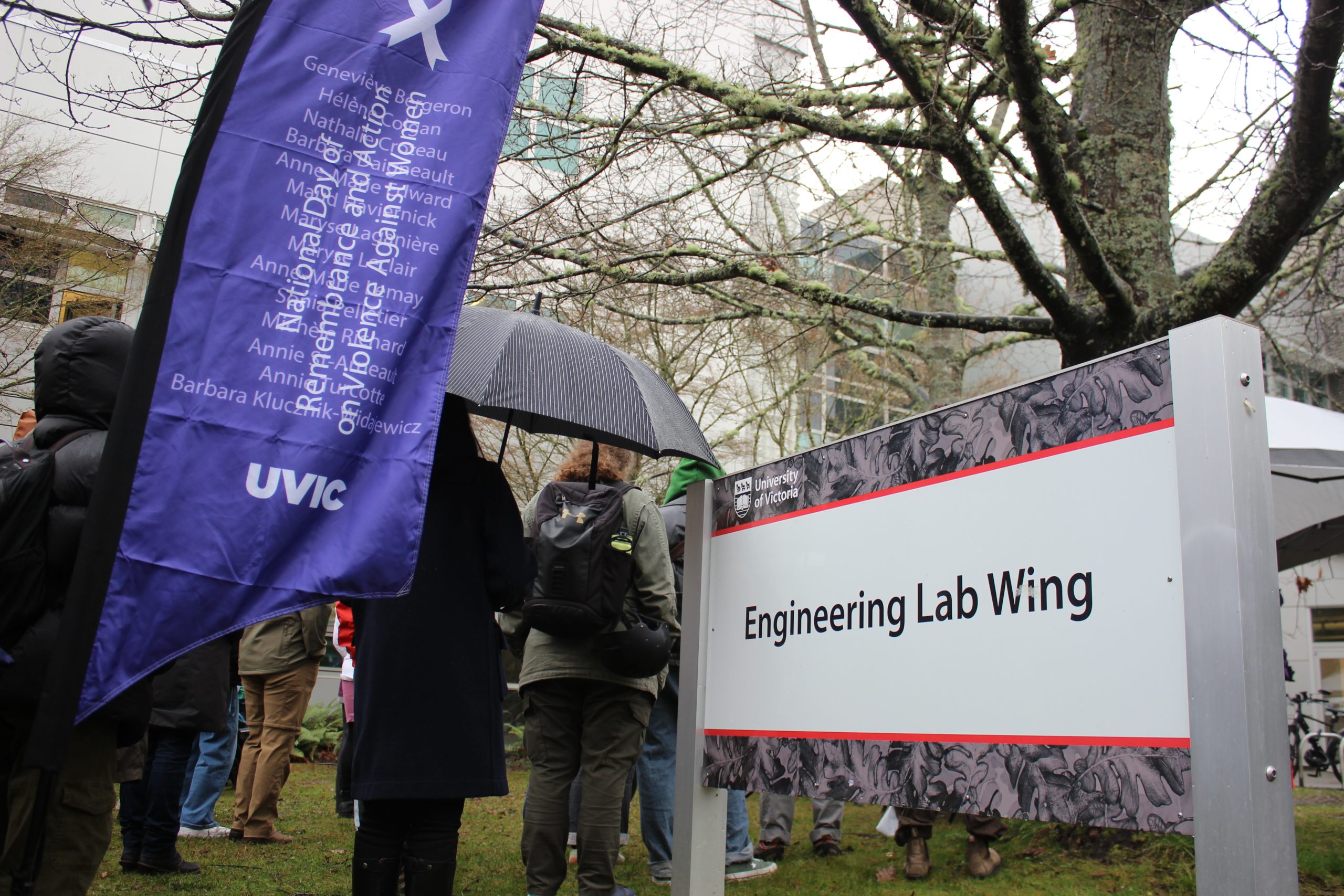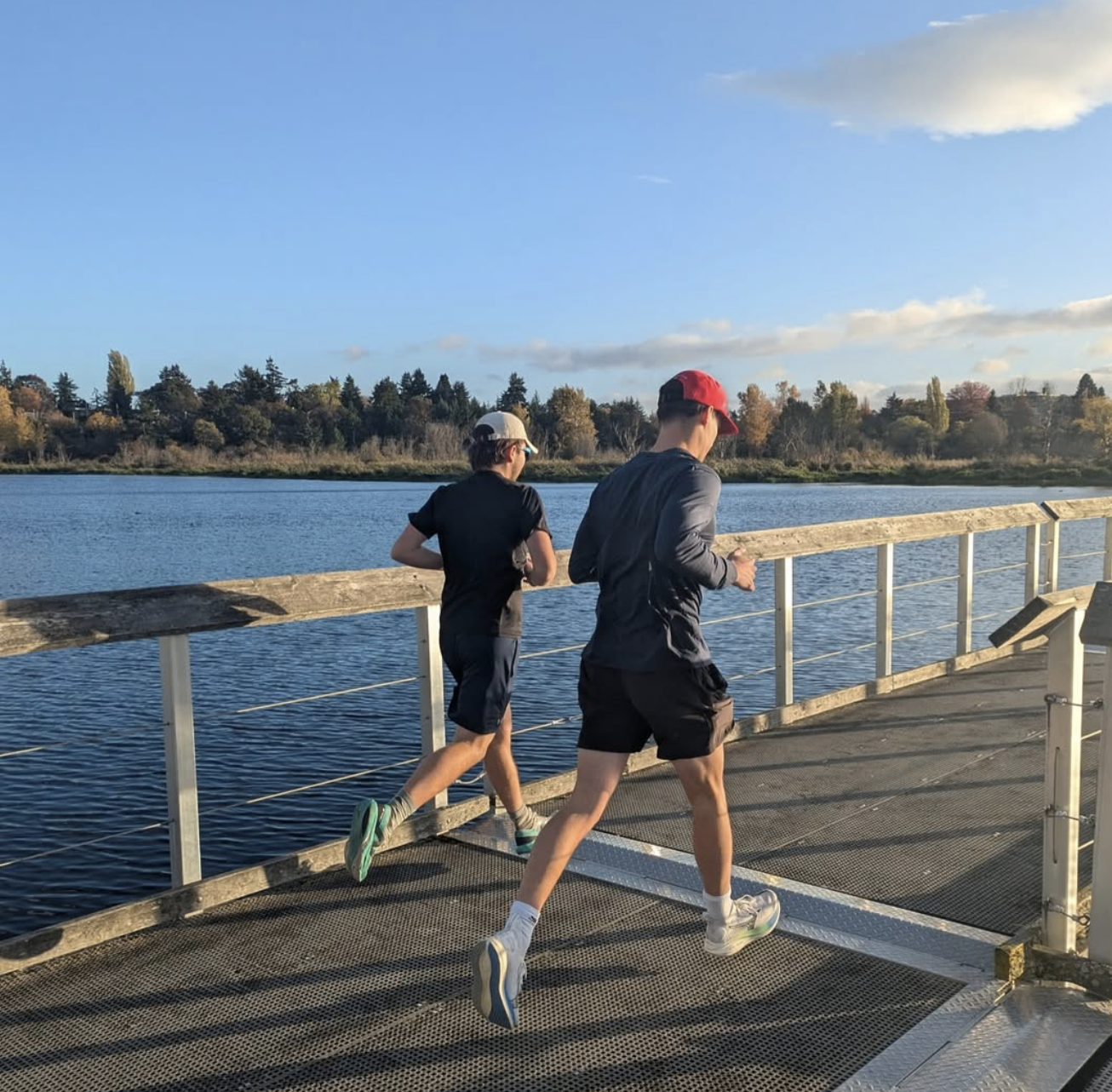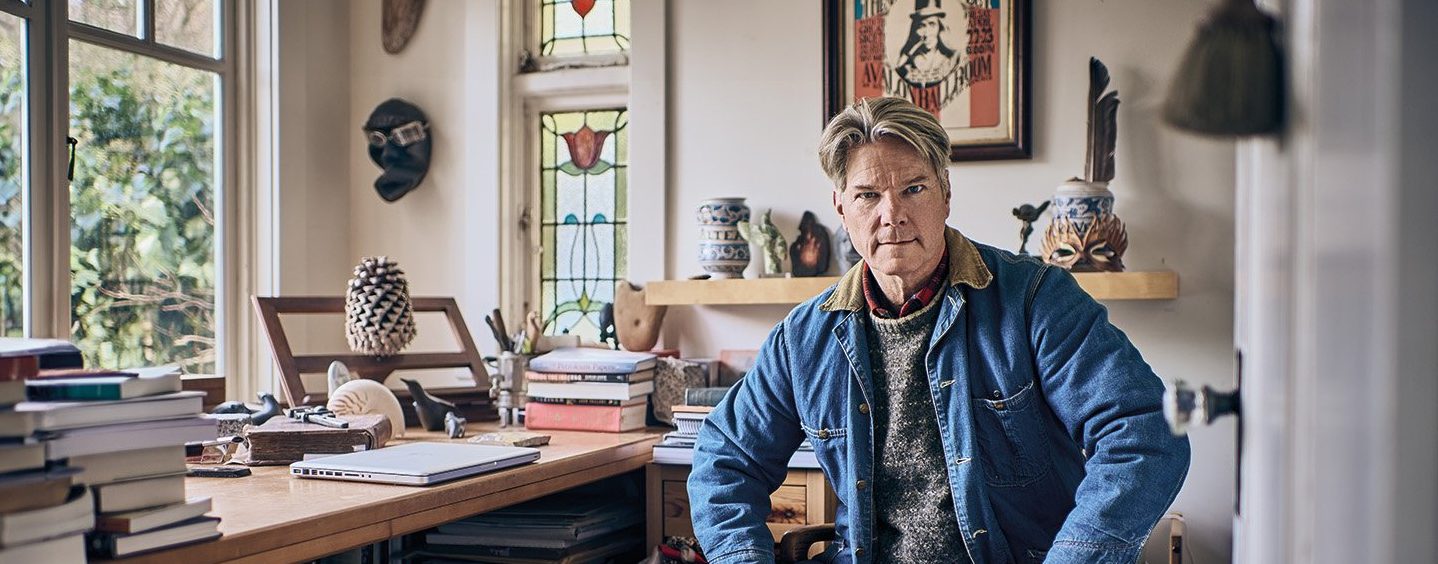A new set of 10 bus bays, like the set of 11 bays in front of the UVic Bookstore, is in development for beside the Student Union Building (SUB). B.C. Transit and the university had been in talks to add three bus spots along Ring Road, in addition to the existing three on the ring, to mitigate short-term increased transit demand. The change of plans is significantly more proactive in addressing projected need for 21 bus spaces on campus within five years, based on expected increase in individual nrider trips from more than 17 000 per day to 25 000 per day.
“To get a major new exchange at UVic would certainly change the tempo of how we provide service next year,” said B.C. Transit Corporate Spokesperson Meribeth Burton.
The January 2013 Campus Transit Plan that UVic and B.C. Transit had drafted included four options for increasing campus bus capacity. At a UVic Students’ Society (UVSS) Board of Directors’ meeting in May, the board voted to support an option locating new bus infrastructure next to the SUB. At the time, though, Neil Connelly, UVic’s director of Campus Planning and Sustainability, made clear that these potential developments were only in the very beginning stages.
Burton says it became clear in the process of planning for campus growth that the interim measures were not nearly enough and a minimum of seven bays would be required. So plans for more substantial expansion were moved up, though the project is still dependent on approval at a Victoria Regional Transit Commission meeting in early December, pending further discussion between UVic and B.C. Transit on details including cost sharing.
The beauty of the SUB-adjacent location, says Burton, is that it’s in-line with recent initiatives to save buses time by keeping them out of congestion on Ring Road. Both the current exchange and the new spot are accessible off Finnerty Road via McKenzie Avenue. The area is already established as a transit hub on campus, and would effectively make one large bus exchange.
The location of the new bus exchange is currently used for metered parking, parking for people with disabilities, a loading area, cyclist lockers, covered bicycle parking, and the “Bike Kitchen,” with tools cyclists may use for free (most of them night or day, as there are nearby lights), including compressed air and mounts for facilitating repair and maintenance of bicycles.
The Martlet didn’t manage to connect with Connelly to ask about cost sharing, disability parking and bicycle facilities. There are other bicycle facilities on campus, including the Spokes program housed at University Centre. The CARSA project (Centre for Athletics, Recreation, and Special Abilities), currently under construction, will also have cyclist facilities. UVSS Chairperson Kelsey Mech says the board’s support for the new exchange at the SUB-side location is with the expectation that the parking for people with disabilities will be replaced. It won’t go in the next-nearest location to where it is now though; Burton says buses will continue to use the bays on Ring Road near the SUB.
The UVSS, which administers the mandatory student bus pass program, offered an email statement saying, “The new transit exchange will go a long way to relieving the main transit exchange of congestion and will make it safer for students (and less stressful for bus drivers).” The UVSS says it’s great that UVic could work with B.C. Transit without updating its campus plan, and that the location will bring traffic to the SUB, creating a hub of student activity. However, the UVSS also said the new infrastructure probably won’t solve the problem of students being passed by full buses when waiting at stops, which Rachel Barr, director of External Relations, is heading up a campaign to try and resolve.
The new exchange should be ready around September 2014 (with some construction taking advantage of the less-busy summer term) and may cost anywhere in the range of $750 000 to a million dollars.








